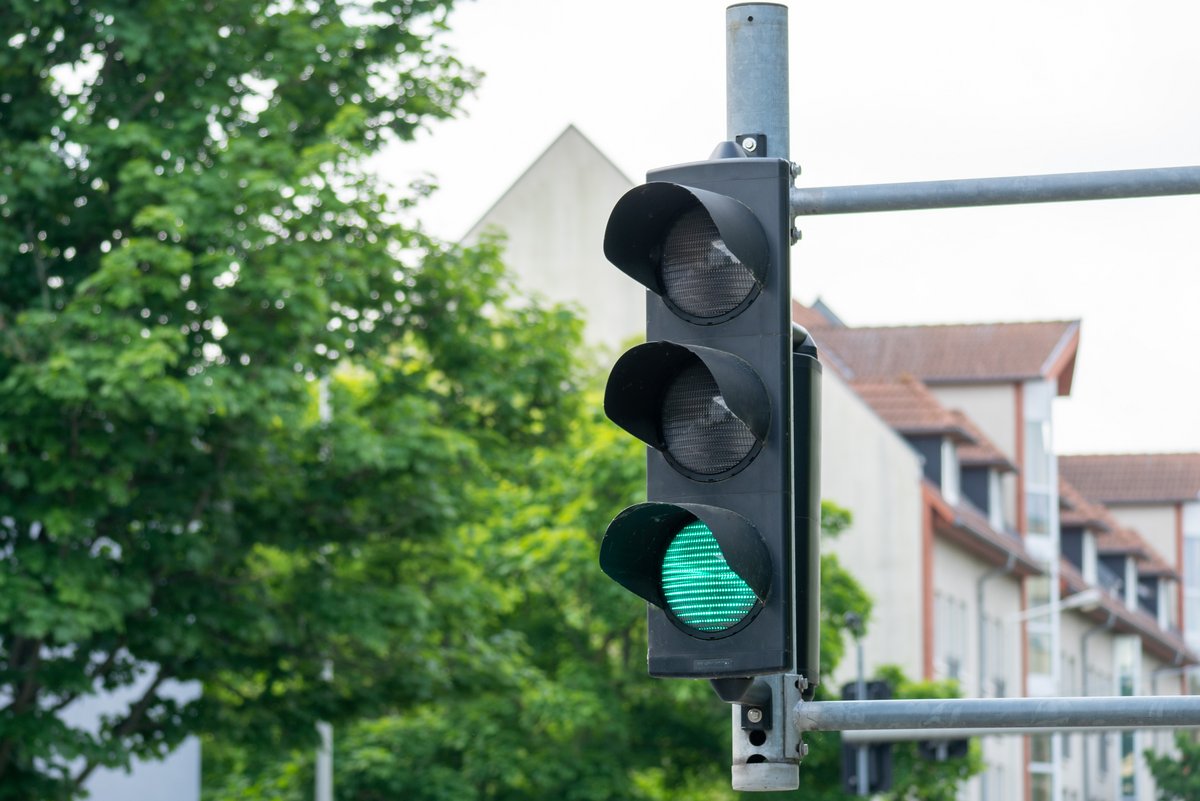How our brain makes decisions
The work of the scientists from the Brandenburg University of Technology Cottbus-Senftenberg (BTU) and the Université Paris-Saclay focuses on optimising the drift-diffusion model (DDM). This mathematical model from the 1970s is one of the most widely used tools for interpreting experimental results for decision-making between two alternatives. The basic idea of the computational model is the assumption that before humans make a simple decision unconsciously, they are continuously sampling sensory information. If we drive towards a traffic light, our brain tries to make a decision even before we consciously see whether it is red or green. With each additional meter, we make assumptions about whether the light is red or green, even if the intersection is not yet visible. Were there green phases before? Will the cars in front of me continue or stop?
The model assumes that the brain extracts a constant amount of information from the sensory stimulus per unit time (drift). Random measurement inaccuracies, for example due to rain, disrupt the sensory stimulus (diffusion). At the end of this internal process is one of two thresholds at which the appropriate response occurs. Only then do I know whether to continue or brake.
"Our consciousness cannot carefully analyze beforehand all the decisions that the brain has to make every second. Otherwise, we would probably hardly be able to breathe," explains neuroscientist Prof. Dr.-Ing. Stefan Glasauer from BTU's Computational Neuroscience department. "The drift-diffusion model has proven to be very successful in explaining behavioral and neurophysiological data," says the neuroscientist, adding, "However, it has limitations when it comes to including prior experience, such as green phases of previous traffic lights, or the effects of internal factors, such as knowledge of disadvantages of wrong decisions (recognizing a red light as green would be worse than the other way around) on decision making." Together with scientists at Université Paris-Saclay, the researchers propose a new model. "A nonlinear version of the drift-diffusion model solves the problem," he said. "In the publication, we show that this model performs better at the same complexity and describes experimentally found reaction times more accurately than the original drift-diffusion model," says Stefan Glasauer. "Our model provides an alternative to the DDM for the analysis of perceptual decisions and allows influences from the time before the decision task to be taken into account." As a result, the new model could, for example, help to better decode signals in brain-computer interfaces.
About the scientist
Prof. Dr.-Ing. Stefan Glasauer conducts research at BTU Cottbus-Senftenberg on the principles and mechanisms of sensorimotor abilities, perception, spatial orientation and navigation in humans and animals.
Specialist contact
Press contact

